Image: Jack Hughes /Twitter: @jackmrhughes
Image: Jack Hughes /Twitter: @jackmrhughes

#ScienceIsCool #WeAreTheUniverse #StarSeed #Universe #Beyond #Space
More Posts from Night-hides-the-world and Others

The Lonely Galaxy
Most galaxies are part of a group or cluster where a neighboring galaxy is never far away. Galaxy NGC 6503 however, is an exception. This galaxy has found itself in a lonely position, at the edge of a strangely empty patch of space called the Local Void. The Local Void is a huge stretch of space that is at least 150 million light-years across.
Credit: NASA, ESA, Hubble Heritage (STScI/AURA)-ESA
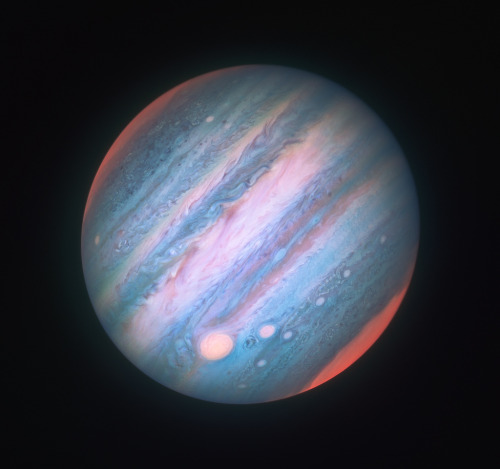
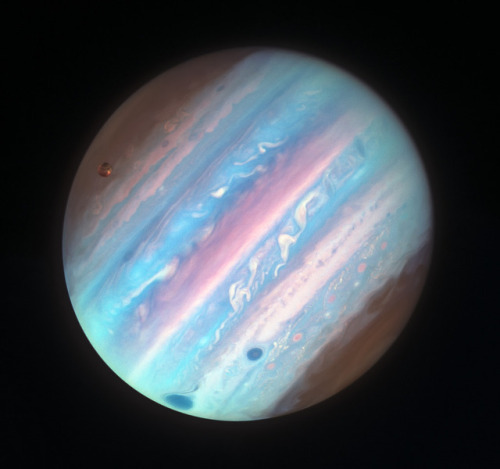
Jupiter in Near-Infrared Jupiter and Ganymede in Near-UV and Blue
by Judy Schmidt
Nobody better slam my girl Hubble Telescope after the Webb Telescope pics came out, alright? For YEARS she was the baddest bitch around and we owe her nothing but gratitude
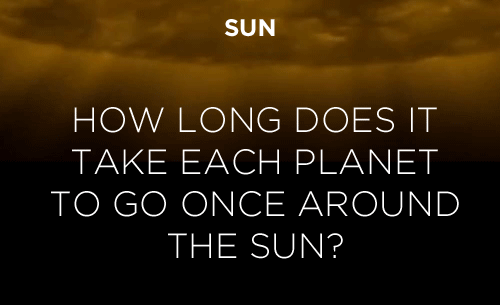
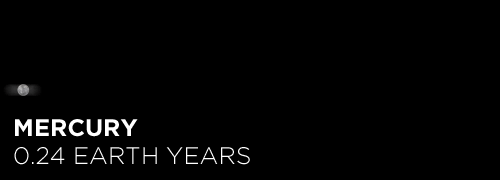
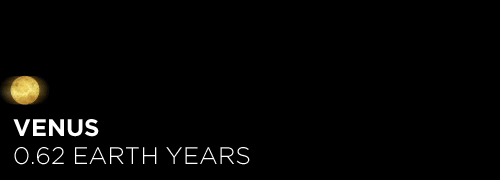

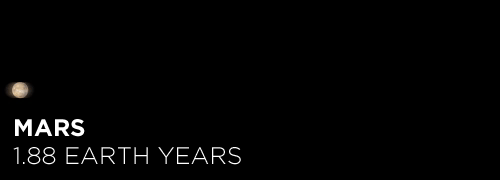
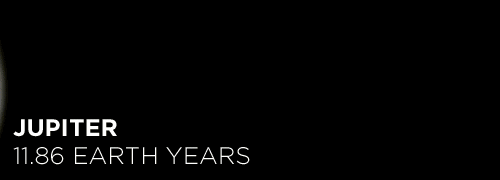
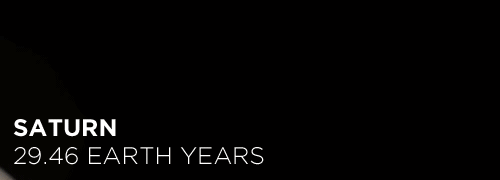


Here’s the orbital period of our solar system’s 8 major planets (how long it takes each to travel around the sun). Their size is to scale and their speed is accurate relative to Earth’s. The repetition of each GIF is proportional to their orbital period. Mercury takes less than 3 months to zoom around Sol, Neptune takes nearly 165 years.
The Perseid Meteor Shower Is Here!

Image Credit: NASA/Bill Ingalls
The Perseids are at their peak this week!
The Perseid meteor shower, one of the biggest meteor showers of the year, will be at its brightest early in the morning on Wednesday, August 12. Read on for some tips on how to watch the night sky this week – and to find out: what exactly are the Perseids, anyway?

Credit: NASA/Bill Ingalls
Your best chance to spot the Perseids will be between 2 AM and dawn (local time) the morning of August 12. Find a dark spot, avoid bright lights (yes, that includes your phone) and get acclimated to the night sky.
Your eyes should be at peak viewing capacity after about 30 minutes; though the Moon may block out some of the dimmer meteors, you should still be able to see up to 15-20 an hour. If you’re not an early bird, you can try and take a look soon after sunset (around 9 PM) on the 11th, though you may not see as many Perseids then.

Credit: NASA/MEO
If it’s too cloudy, or too bright, to go skywatching where you are, you can try again Wednesday or Thursday night – or just stay indoors and watch the Perseids online!
Our Meteor Watch program will be livestreaming the Perseids from Huntsville, Alabama on Facebook (weather permitting), starting around 9 p.m. EDT on August 11 and continuing through sunrise.
So… why are they called the Perseids?
Because all of a meteor shower’s meteors have similar orbits, they appear to come from the same place in the sky – a point called the radiant.

The radiant for the Perseids, as you might guess from the name, is in the constellation Perseus, found near Aries and Taurus in the night sky.
But they’re not actually coming from Perseus, right?

Credit: NASA/Joel Kowsky
Right! The Perseids are actually fragments of the comet Swift-Tuttle, which orbits within our solar system.
If you want to learn more about the Perseids, visit our Watch the Skies blog or check out our monthly “What’s Up” video series. Happy viewing!
Make sure to follow us on Tumblr for your regular dose of space: http://nasa.tumblr.com

Lake Turkana in Northern Kenya. In the setting scene, Venus can be seen peeking over the clouds.
Credit to Babak A. Tafreshi
the new composite james webb image is so beautiful ive been staring at it for 10 minutes straight

featuring jupiters rings, europa (along with a bunch of other moons), the northern and southern auroras, and the great red spot


Venezuela by Jonas Piontek
-
 carpinska reblogged this · 8 years ago
carpinska reblogged this · 8 years ago -
 dopedreamsky reblogged this · 8 years ago
dopedreamsky reblogged this · 8 years ago -
 kingisabeau reblogged this · 8 years ago
kingisabeau reblogged this · 8 years ago -
 soulful-wonder-lady reblogged this · 8 years ago
soulful-wonder-lady reblogged this · 8 years ago -
 sassguardian-coming-through reblogged this · 9 years ago
sassguardian-coming-through reblogged this · 9 years ago -
 mariliisa reblogged this · 9 years ago
mariliisa reblogged this · 9 years ago -
 prussiame reblogged this · 9 years ago
prussiame reblogged this · 9 years ago -
 ceciliafjd liked this · 9 years ago
ceciliafjd liked this · 9 years ago -
 sapiosexualgirl liked this · 9 years ago
sapiosexualgirl liked this · 9 years ago -
 xochitlmictlan liked this · 10 years ago
xochitlmictlan liked this · 10 years ago -
 night-hides-the-world reblogged this · 10 years ago
night-hides-the-world reblogged this · 10 years ago -
 swallowthecosmos liked this · 10 years ago
swallowthecosmos liked this · 10 years ago -
 ghost-baby-doll liked this · 10 years ago
ghost-baby-doll liked this · 10 years ago -
 spacethasmin liked this · 10 years ago
spacethasmin liked this · 10 years ago -
 whateverimdeadpoolio liked this · 10 years ago
whateverimdeadpoolio liked this · 10 years ago -
 littlature liked this · 10 years ago
littlature liked this · 10 years ago -
 monkeyowl91 liked this · 10 years ago
monkeyowl91 liked this · 10 years ago -
 nol668 liked this · 10 years ago
nol668 liked this · 10 years ago -
 biggreenwrecker-blog reblogged this · 10 years ago
biggreenwrecker-blog reblogged this · 10 years ago -
 specsthespectraldragon liked this · 10 years ago
specsthespectraldragon liked this · 10 years ago -
 reaperwraith liked this · 10 years ago
reaperwraith liked this · 10 years ago -
 transformerslvr reblogged this · 10 years ago
transformerslvr reblogged this · 10 years ago -
 transformerslvr liked this · 10 years ago
transformerslvr liked this · 10 years ago -
 thelittlesthacker reblogged this · 10 years ago
thelittlesthacker reblogged this · 10 years ago -
 nevermind-the-witchcraft liked this · 10 years ago
nevermind-the-witchcraft liked this · 10 years ago -
 floorplan91 reblogged this · 10 years ago
floorplan91 reblogged this · 10 years ago -
 cagedcoconut reblogged this · 10 years ago
cagedcoconut reblogged this · 10 years ago -
 alkohol-vergiftung liked this · 10 years ago
alkohol-vergiftung liked this · 10 years ago -
 the-fandom-life-rocks liked this · 10 years ago
the-fandom-life-rocks liked this · 10 years ago -
 laduffe reblogged this · 10 years ago
laduffe reblogged this · 10 years ago -
 ceo-skullcrusher reblogged this · 10 years ago
ceo-skullcrusher reblogged this · 10 years ago -
 lonesomekitty reblogged this · 10 years ago
lonesomekitty reblogged this · 10 years ago -
 lonesomekitty liked this · 10 years ago
lonesomekitty liked this · 10 years ago
Astronomy and the other wonders you witness when you look to the skies.
115 posts

